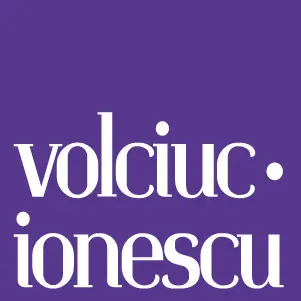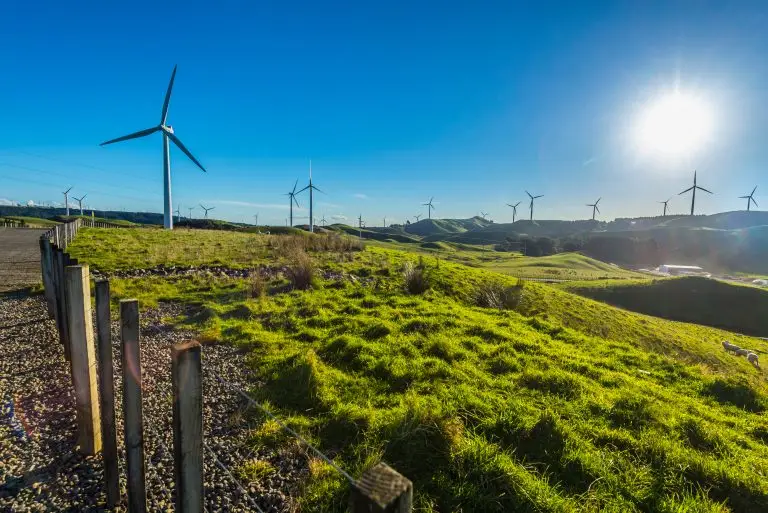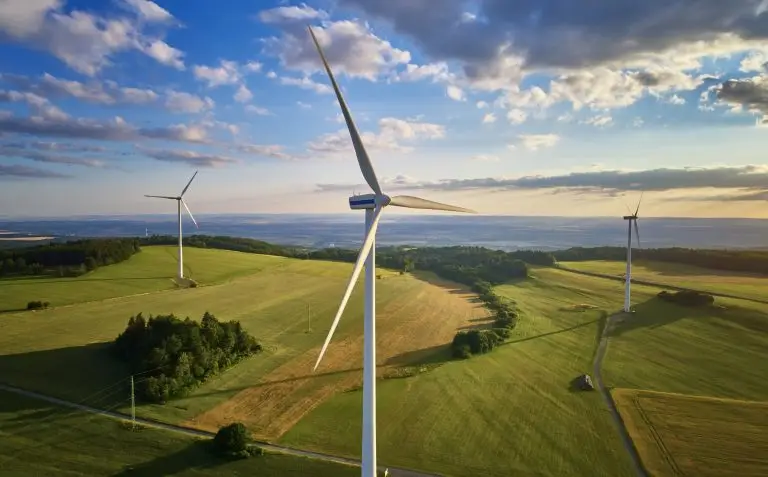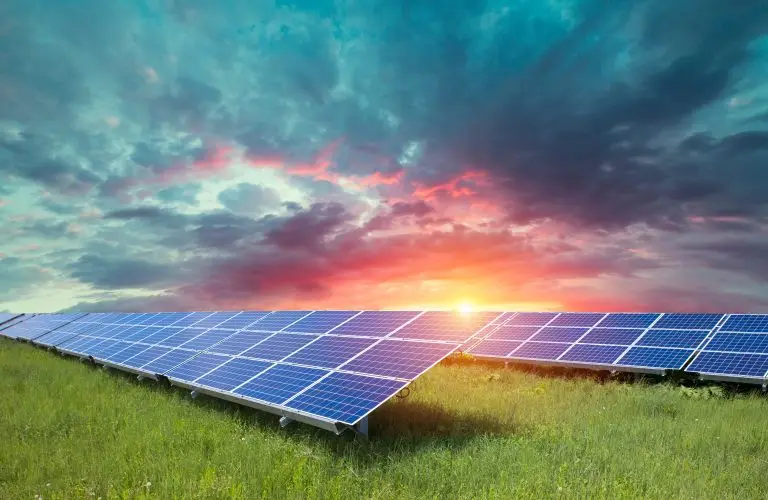On 18 May 2022, the European Commission made public the REPowerEU Package, a cross-disciplinary effort meant to ensure the EU’s independence from Russian fossil fuels. However, the measures put forward by the European Commission also offer an in-depth look into the Union’s ambitions to accelerate the energy transition in the following decade(s).
We extracted below the most relevant aspects tackled by the package with the aim to summarize the elements that will have the highest impact on the legislative framework:
I. Amending Directive (EU) 2018/2001 on the promotion of the use of energy from renewable sources (“Renewable Energy Directive”) by:
- Increasing the share of renewable energy in the Union’s gross final consumption from 40%, as provided in the previous proposal of the European Commission, to at least 45% by 2030;
- Imposing an obligation on Member States to identify the land and sea areas that are suitable for the installation of renewable energy plants that are required for Member States to meet their national contributions towards the collective 2030 target. It is also emphasized that Member States will have to favor multiple uses of the areas identified;
- Introducing the term “renewable go-to areas“, as areas that are particularly suitable for deployment of renewable energy projects. The projects located within the go-to areas will benefit from shorter deadlines in the permitting procedures, in comparison with the projects located outside those areas. Criteria for choosing these go-to areas involve:
-
- areas where the deployment of a specific type of renewable energy is not expected to have a significant environmental impact;
- prioritizing artificial and built surfaces (e.g., rooftops, transport infrastructure, waste sites, industrial sites, mines, artificial inland water bodies, lakes or reservoirs, etc.)
- excluding Natura 2000 sites, nature parks and reserves, and bird migratory routes, except for artificial and built surfaces located in those areas.
- Providing that the permit-granting process shall not exceed:
-
- one year for projects located in go-to areas
- 2 years for projects located outside of the go-to areas, with exceptions due to extraordinary circumstances allowing for a three months extension in both cases and,
- three months for the installation of solar energy equipment on buildings, including building-integrated solar installations, provided that the main aim of such structures is not solar energy production.
- Establishing that within 2 years from the entry into force of the amendments, Member States shall ensure that all procedures are carried out in electronic format;
- Providing that Member States must ensure throughout the permit-granting process that planning, construction and operation of plants for the production of renewable energy, their connection to the grid and the related grid itself and storage assets are presumed as being in the overriding public interest and serving public health and safety.
II. Changes brought to Energy Efficiency targets
- Amending Directive 2010/31/EU on the energy performance of buildings by introducing hard deadlines for Member States to ensure the deployment of solar energy installations for:
-
- all new public and commercial buildings with a useful floor area larger than 250 square meters – by 31 December 2026;
- all existing public and commercial buildings with a useful floor area larger than 250 square meters – by 31 December 2026 and,
- all new residential buildings by December 2029.
- Amending Directive 2012/27/EU on energy efficiency, by setting a 13% binding target of energy efficiency until 2030.
- Introducing the Proposal for a Regulation on Ecodesign for Sustainable Products, a framework for setting eco-design requirements, creating a digital product passport, and also prohibiting the destruction of unsold consumer products. The Proposal was presented on 30 March 2022 and is now undergoing the ordinary European legislative procedure.
III. Accelerating the production of Renewable Hydrogen
- As hydrogen is set to play an important role in replacing hydrocarbons in certain industries where achieving decarbonization is much harder, the European Commission set a target of (i) 10 million tons of domestically produced renewable hydrogen by 2030 and (ii) 10 million tons of renewable hydrogen imports by 2030. To achieve this, it is necessary to expedite the revision of the Hydrogen and Gas Market Package. This package was presented on 15 December 2021 and is now undergoing the ordinary European legislative procedure. It contains the following:
-
- Proposal for a Directive on common rules for the internal markets in renewable and natural gases and in hydrogen;
- Proposal for a Regulation on the internal markets for renewable and natural gases and for hydrogen.
- The European Commission also aims to publish two Delegated Acts on the definition and production of renewable hydrogen.
IV. Other notable highlights
- National Recovery and Resilience Plans of Member States will need to be amended to include a chapter with new actions to deliver on the REPowerEU objectives of diversifying supplies and reducing dependence on fossil fuels.
- The European Commission presented a Recommendation on speeding up permit-granting procedures for renewable energy projects and facilitating Power Purchase Agreements, emphasizing the need for Member States to remove any unjustified administrative or market barriers to corporate purchase agreements of renewable energy, in particular to corporate purchase agreements of renewable energy by small and medium-sized enterprises.
- Together with the EU Solar Power Strategy the European Commission also introduced the EU Solar PV Industry Alliance, a mechanism meant to diversify supply through more diverse imports and scaled up solar PV manufacturing in the EU. This initiative is two-folded: on one hand, it aims at preventing supply chain bottlenecks, and secondly, it will create multiple employment opportunities throughout the value chain by adopting a Pact for Skills meant to upskill or reskill people of working age.




